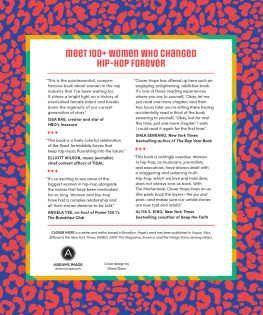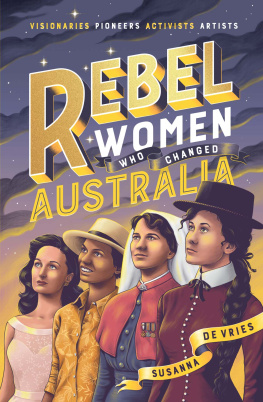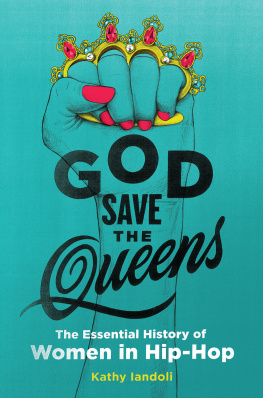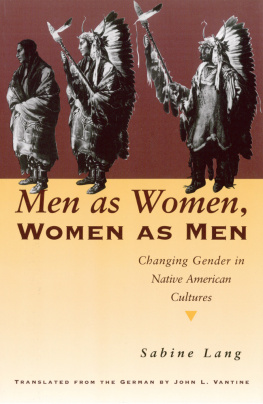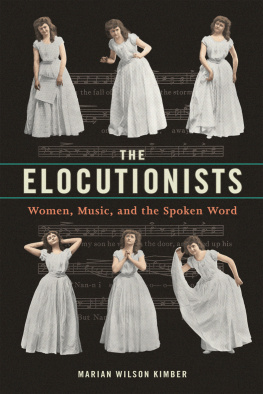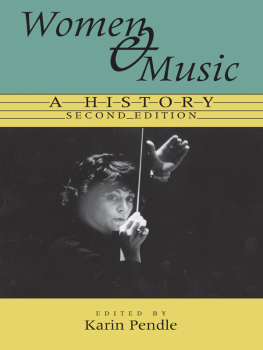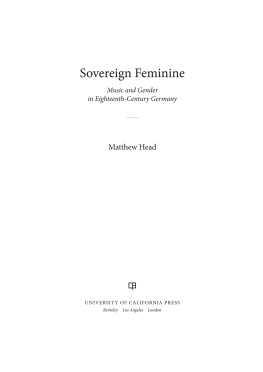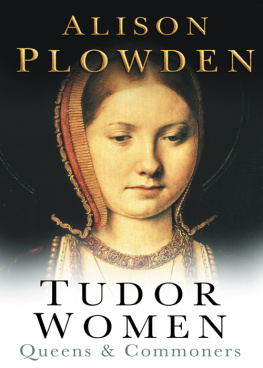Contents
Guide
Page List
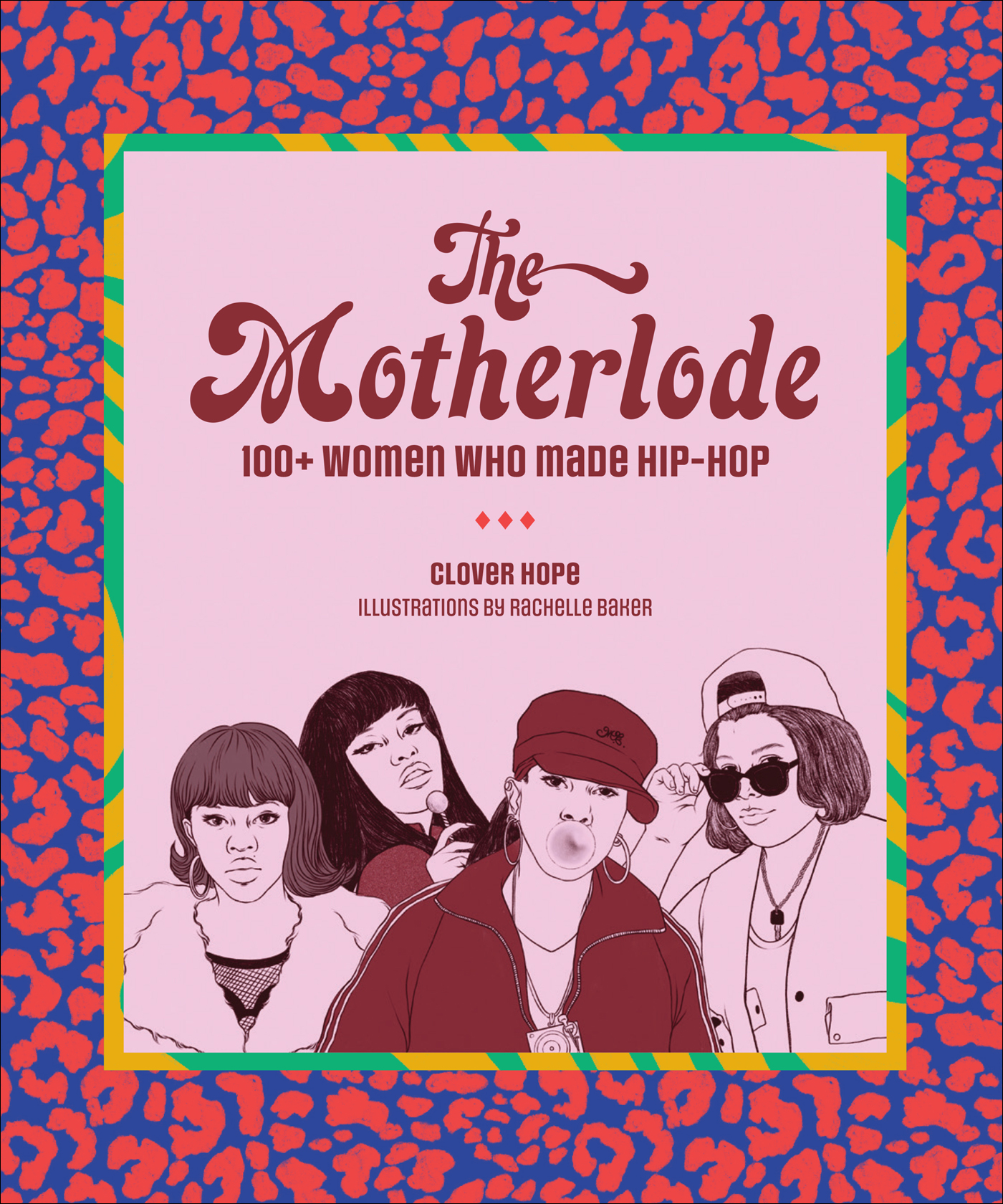

INTRODUCTION:
Nice for a Girl
Roxanne Shant believes she inspired the term female rapper.
She swears it happened in 1985 during the New Music Seminar at New Yorks Marriott Marquissite of the annual MC Battle for World Supremacy. At fifteen years old, Shant was already a battle rap legend with a hit song, 1984s Roxannes Revenge, which made her the first-ever female rap star. She was favored to win. But after making it to the final round, she lost to another acclaimed rapper, Busy Bee, in what could only be described as a heist. There was a consolation prize: Everyone told her she was nice for a girl.
It was clear Shant got robbed. Years later, one of the judges, Kurtis Blow, maker of one of the first hit rap records (Christmas Rappin ), admitted what was already an established fact in hip-hopthat he scored her low on purpose. Other judges awarded her 8s, 9s, and 10s. Blow gave her a 4, because he didnt like the optics of a girl winning a rap battle, no matter how much she outperformed her opponent.
Because of incidents like thisthe possibility of a non-male champion in a rap battleShant says the concept of the female rapper was created.
I was just a great rapper, she said to Jezebel in 2016. And then, they were like, Well, listen Shantwe understand that youre a great rapper, but why dont you do this: Why dont you settle for being the best female rapper ever? She told DJ Vlad in 2018, Before me, there was no such title as female rapper. Everybody was just rappers and MCs.
The words female rapper did appear in publications before that 1985 battle. The Boston Globe, in 1980, referred to the Sequence as three female rappers, misspelling the groups name as Sequins in print. But Shants origin story is still valid. That battle marked the day she realized there were different stakes for herexpectations that made it seem like she was inferior. And this naturally shaped the course of history.
By then, hip-hop and rap were two different things: a culture and a business, respectively. Male rappers were rappers, and women who did it, though talented, were different. They had breasts, which they could flaunt if they wanted, and therefore needed a separate title. They were entering a mans world, and to the mainstream press, their decision to even rap at all seemed astonishing and brave. The words female rapper often appear with the phrase male-dominated somewhere nearby, alluding to women being let into an exclusively male domain (hip-hop) as opposed to being a natural part of it.
A growing number of women have made rapping, a male-dominated music, their own language of liberation, the Philadelphia Inquirer reported in 1985. Tired of being put down, female rappers are standing up and talking back, reads a New York Daily News story from 1991.
Itd be nice if we were just considered rappers, not female rappers. But hip-hop is male-dominated, rapper/producer Angela Zone, known as Ang 13, said to the Chicago Tribune in 2004.
Female rapper never sat well with women who thought of themselves as simply rappers who identified as women. Unfortunately, rapper who identifies as a woman would be too clunky to say, and female rapper, or woman rapper (both of which are used in this book), is still a better version of the worst word in the world: femcee, a combination of female and emcee (which is not used in this book). Even more offensive, somehow, than femcee is that British rapper Lady Sovereign was nicknamed Feminem, as in female Eminem, defying all reason.
After an initial rush of opportunity in the seventies, when women had to jump through hoops to get on a mic, there was the golden age of the eighties, after which female rappers began occupying token roles on labels, in a music industry that exploited and gradually segregated them over decades, setting many like Shant up for failure. On assignment for Vibe in 2006, I flew to St. Louis to interview Penelope Jones, then a twenty-five-year-old rapper whod signed to Nellys Universal Records imprint, Fo Reel Entertainment. Rappers, at that point, had to have at least one woman in their crew. Penelope was Nellys artist (though, after being indicted for conspiracy to commit drug trafficking, she later got dropped from the label). St. Louis had been off the radar in rap until Nelly came around and turned the Old MacDonald song into a banger (E.I.). Penelope wanted to create a similar sensation. She mentioned another rapper from the city, Ebony Eyez, who had released an album under Capitol Records in 2005, then become a flash in the pan.
I hated to see that for her, because I really thought that she would do better than she did, Penelope said. Its scary for me, looking at what happened with her and seeing how people embrace female rappers, so thats something thats really been on my mind a lot. Female rappers dont make it as much. Trina, Eve, Missy Elliott, Remy Ma, and Shawnna had sold millions of records during an era when female rappers were prolific. But as Penelope expected, her own odds of success were low. She never released an album. Then came the infamous fourteen-year Grammy drought, a time when the number of female rappers signed to major labels hit a historic bottom (from forty in the late eighties and early nineties to three in 2010). The music industrys failure of imagination led to a near wipeout.
When Nicki Minaj found global success as a rapper, pop star, and entertainer after years without a woman rapper on the top of the charts or in mainstream conversations, she made a point of clarifying her status. Absolutely, I do not see myself as a female rapper anymore, Im sorry, she told MTV News in 2014. I see myself as a rapper... Ive worked with the greats, and Ive held my own with the greats, and they respect me, so I should respect myself enough to see myself the same way they see themselves.
While her instinct was to base her fame and sales success on the same metrics as men, she knew, like Shant, that having a separate label for womenthat being seen as a female rapperwould exclude her from being considered the best rappersomething rap fans love debating, even though theres no real answer.
Given how women have rejected the title, I hesitated to use female rapper in this book. Whenever a woman broke a record in rap, it was a milestone worth celebrating that would otherwise get lost in a profession where men claim the highest titlesin which case female rapper became a badge of honor. MC Lyte was the first female rapper with a gold record in 1993. Salt-N-Pepa were the first female rappers to win a Grammy Award (Queen Latifah won Best Rap Solo Performance the same year). Da Brat was the first to go platinum, when record labels believed women couldnt sell. Lauryn Hill was the first female rapper to have a No. 1 single on the Billboard Hot 100, in 1998, and Cardi B became the first to have three.
In 2019, more women made a case for change. Megan Thee Stallion, a rapper out of Houston, had fans across genres treating her Hot Girl Summer slogan like a proverb. I am female, and I am a rapper. But I dont like the term when its used to put you in a box, she told me in an interview for W magazine. Dont call me a female rapper because you think that youre putting me in a category. Cause I am an artist. I just so happen to be female and I rap. That year, too, the Brew Podcast tweeted a very bogus-looking Top 50 Rappers of All Time list absent of any women, not even Lauryn Hill, causing widespread strife on the internet, as if the list held any authority, and ironically at a time when more women were thriving, releasing projects, and building fan bases: Nicki Minaj, Cardi B, Megan Thee Stallion, Lizzo, Saweetie, Noname, City Girls, Kash Doll, Doja Cat, et al. Itd been more than a decade since there wasnt just one trendsetting female rapper, and so many of them controlling their image and art.

